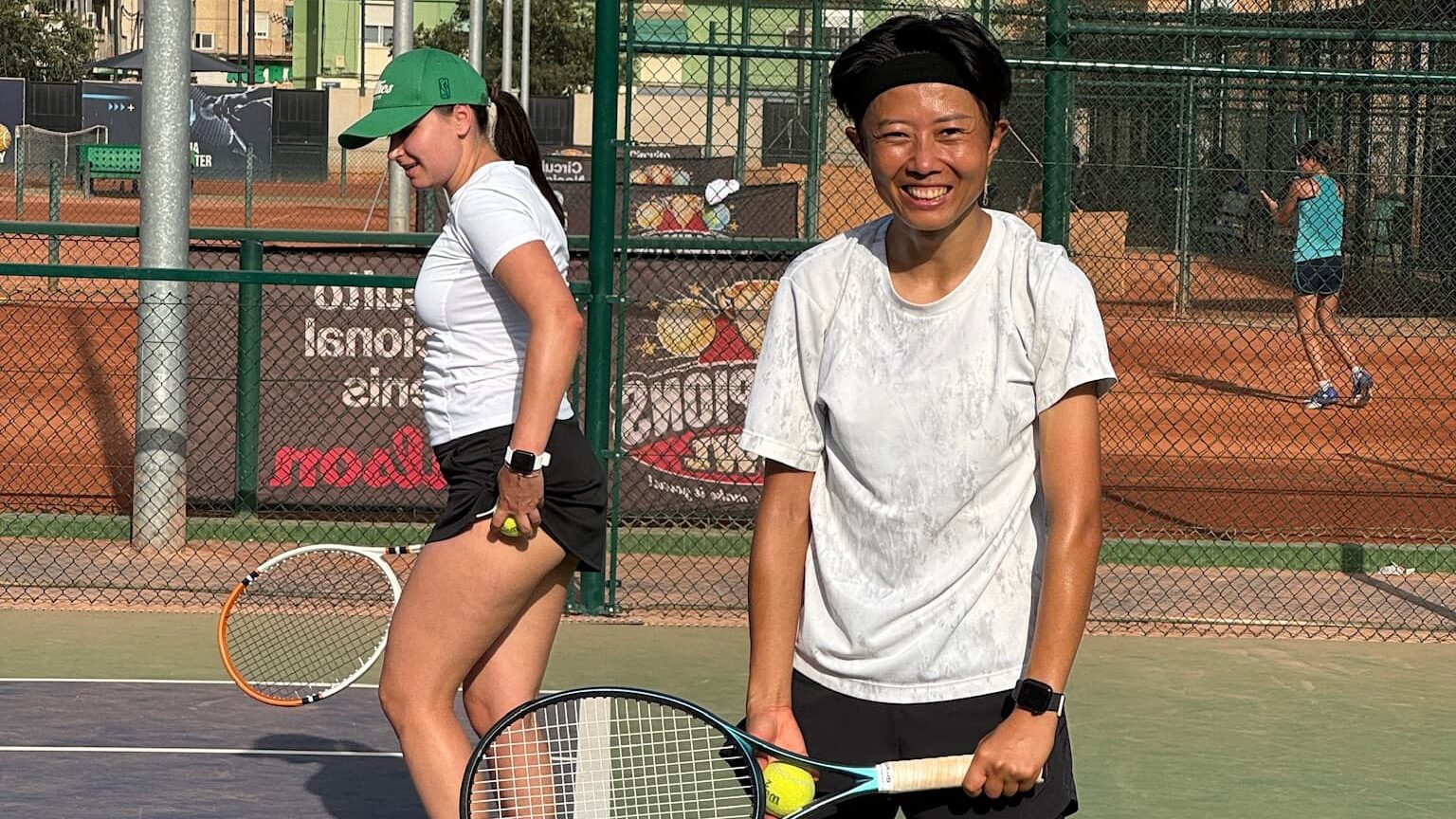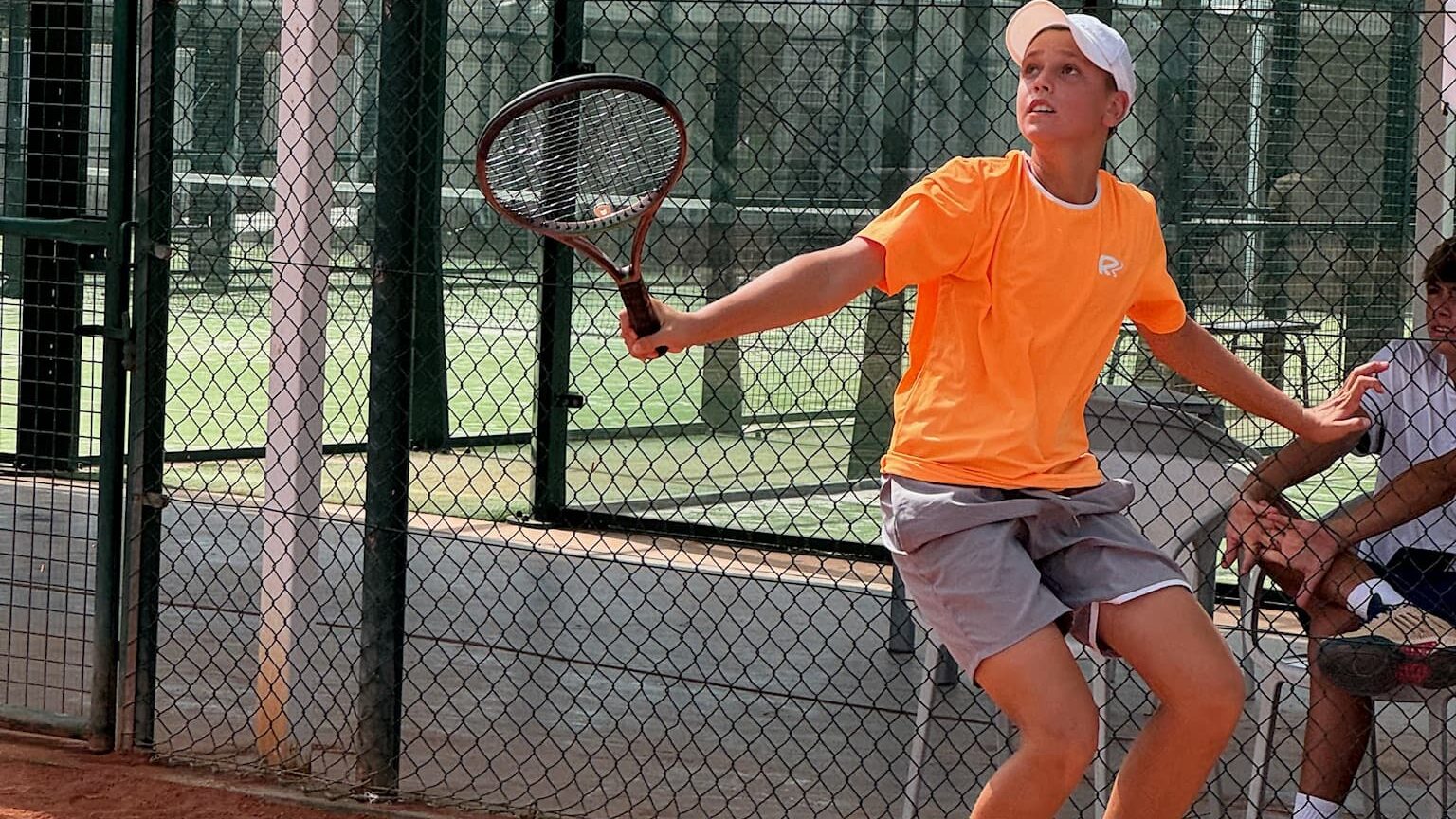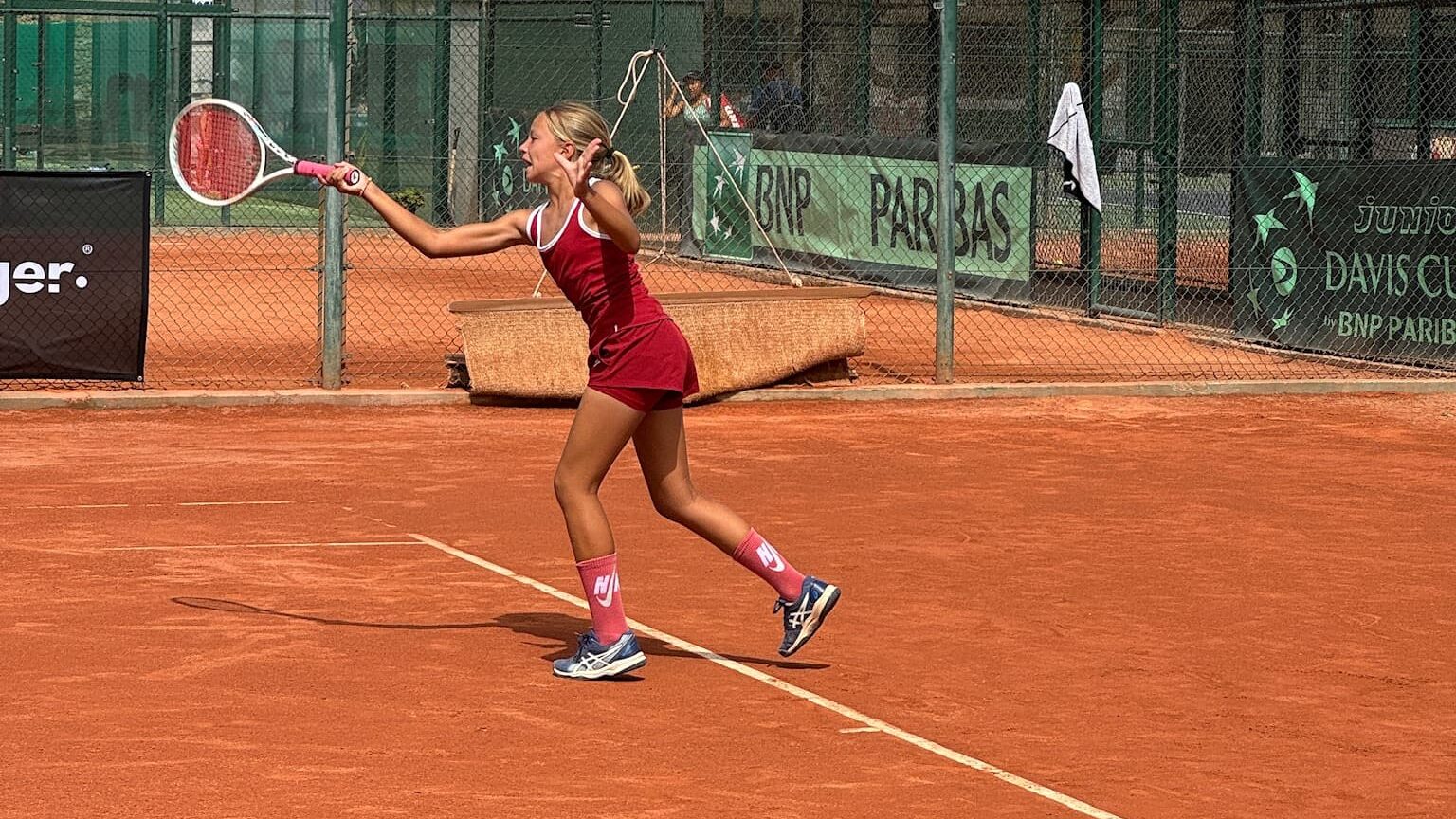When a young player on the court feels frustrated and nothing seems to be working, they go through several phases of learning throughout their life. These phases are universal and apply to any field, whether sports, science, or art. The first phase can be referred to as “Not Knowing What You Do Not Already Know.”
Phase One
To further understand this phase, it can also be described as the unknown unknowns or concepts you do not know and cannot realize you do not know about. This phase is probably the happiest time in a person’s learning journey. They are eager to achieve results, joyful, inspired, and enthusiastic about success. They are optimistic at this stage and believe they will soon master new skills, allowing everything to work out. But as soon as the learning process begins, the player moves into the second phase, called “Knowing That You Do Not Know.” They realize that they know nothing, and this realization causes stress.

Phase Two
This second phase is stressful and disappointing. The person begins to understand that everything is much more complicated than they thought. This realization often leads to frustration and the desire to quit. Imagine a young player enjoying tennis, now facing internal pressure and a sense of responsibility. They realize the game requires much more effort and knowledge than anticipated. At this stage, it’s crucial not to give up despite the difficulties.

Phase Three
If the player persists, they will move into the third learning phase —”Knowing what you know.” This means the player knows what they understand, comprehend, and know. Here, they understand what and how to do it. In tennis, this knowledge translates to knowing how to play and what to do in different situations. They become professionals, capable of earning money, participating in competitions, and beating those at a lower level.

Phase Four
However, to become number one, they must go through the third phase and reach the fourth — “Not Knowing What You Know.” Here, the player does everything right automatically, without thinking about it. I have met people in various professions at this level, which is a mesmerizing experience. They do something brilliant but can’t explain why they do it that way.
This fourth phase is the pinnacle of mastery. The player acts intuitively, and their movements and decisions become automatic. This is the level where knowledge and skills are so integrated that they no longer require conscious effort. However, to reach this level, one must go through all the previous stages, each of which has difficulties and requires effort and time.

The Most Challenging Stage
Currently, we are interested in the second phase, which is the hardest. It cannot be bypassed or sped up; the player must go through their path, calm down, and overcome the nerves that cause frustration and fear. This is possible with the support of society, parents, coaches, friends, and sometimes other players.
The Stage Of Transformation
Once this stage is passed, the player moves into the third phase, where everything is under control. For coaches, this is an interesting period of the player’s transformation. In this phase, the coach becomes a mentor who helps students understand their mistakes and find ways to correct them. This is a complex but very important process that requires patience and professionalism.
Coaches Interactions With The Cycle Of Stages
There are two types of coaches: those comfortable working in this phase and those who prefer the fourth phase, where there is no need to teach but to help the player be a genius and win. The first type of coaches, working in the second and third phases, are characterized by patience and the ability to explain complex things in simple terms. They understand that the student needs support and understanding and are willing to invest their time and effort.
I feel comfortable in the learning phase when I shape the players, support them, and explain. A coach must be a teacher and maestro, showing how to do things and how everything works so the student can go through all the phases with minimal pain. This will lead to great results.
Interconnection Of Phases
Moreover, it is important to understand that each learning phase is not isolated. They are interconnected and seamlessly transition into one another. For example, even reaching the fourth phase, the player may sometimes revert to the second or third phase when learning new game elements. This is normal and natural, as the learning process is continuous.
An important aspect of successfully passing through all the phases is the learner’s mindset. They must be prepared for the fact that there will be difficulties and obstacles on the path to mastery. Significant results can be achieved, and this approach can reach heights in the chosen field only.

Conclusion
Thus, the phases of learning are not just stages on the way to mastery but a complex process requiring constant interaction, understanding, and support from both the learner and the coach. In this case, the coach takes the position of a teacher, a maestro, who shows how and what needs to be done and explains how everything works so that the player can clearly and with minimal pain go through all these phases. And then we will achieve great results.
This is the small thought I wanted to share with you.